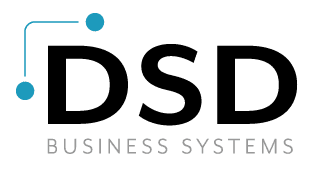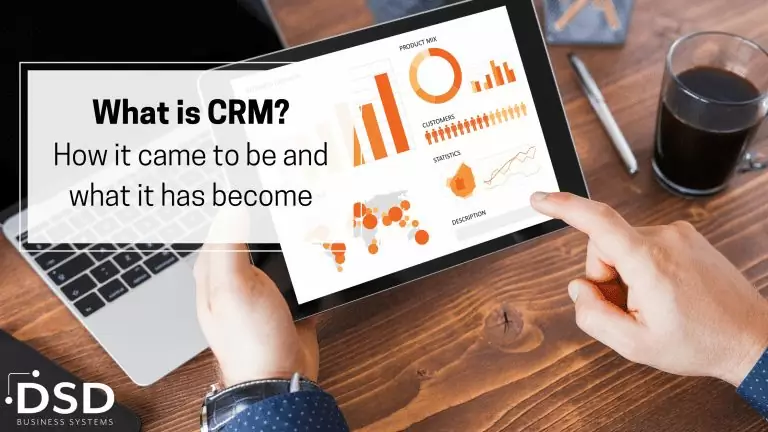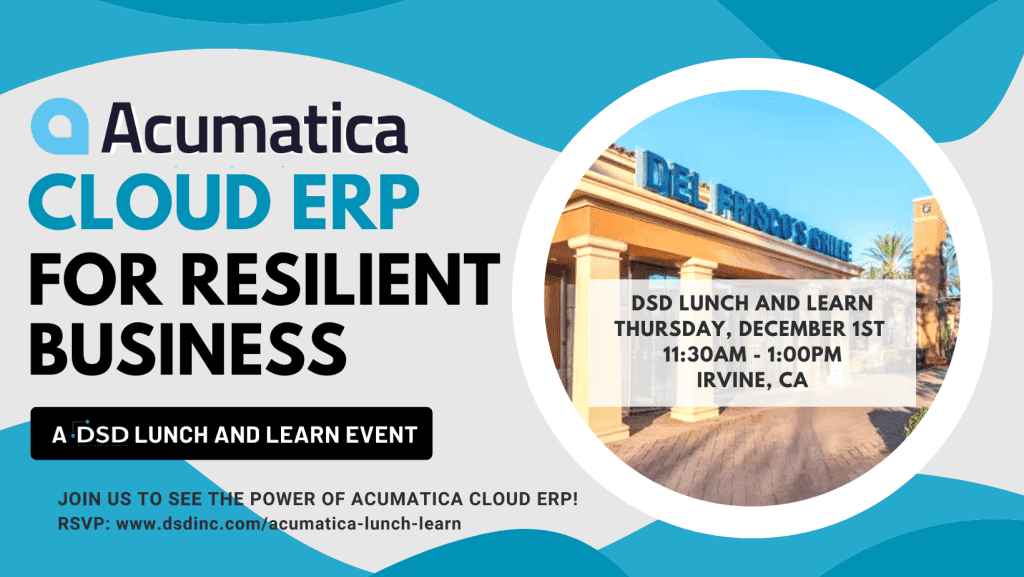What is CRM? How it came to be and what it has become
January 28, 2021
by Lindsey Byster, Digital Marketing Assistant
Customers and resellers must understand the business value of CRM so they can articulate that proposition to their customers and stakeholders. So, it’s essential to understand how business management tools like CRM can be inserted into your business to improve process and data handling.
CRM tools can help save you time, reduce paperwork, and provide you with greater visibility and control over your business. It’s important to think about all the practical ways CRM can help you work more effectively and grow your revenues.
First, What is CRM?
It’s a potted history. CRM stands for Customer Relationship Management. It’s an approach to strategically keep track of interactions with stakeholders. It enables your managers and team leader to see in real time how each functional area is actually performing in reality. And, it provides a sense of immediacy. All of this information can be used to make key decisions for your growing business.
The companies that have a CRM system can store information all in one place, where team members can access and update information anywhere.
Main components of CRM
- Building and managing customer relationships through marketing
- Observing relationships as they mature through distinct phases of being a prospect or a customer
- Managing each and every stage of those relationships
Different customers bring different amounts of value at different stages. It’s all about applying the right processes at the right time.
product history
The concept of CRM started in the 70s, when customer satisfaction was deemed worthy of pursuit. Many businesses were using mainframe-type technology, a concept designed to automate sales.
In the early 80s, there was a derivation of this that we call “database market,” which used statistics to analyze performance of data. By the mid 80s, a contact management system was created for the very first time. And where one person lead, others began to follow.
Sage began to extend the way in which their sales distribution and customer service capabilities were handled with embedded as CRM. Now, there are more on-premise and hosted offerings, an increase in product accessibility, and higher functionality for lower prices.
what crm has become
There are distinct phases that make up CRM. Instead of point solutions, CRM brings everything together into one product. Like Sage CRM, the business benefits from seeing all the interactions. This overall operational system helps you see all those different interactions as connected relationships.
importance of crm’s journey
CRM connects your accounting system to provide a full 360 degree view. You can see not only what you’ve done with the customer, but also what the current and future plans are with the customer. You can assess the profitability of customers as well.
Businesses, using the CRM approach, can dedicate different resources and amounts of attention to different types of consumers.
Unfortunately, there is a quite limited view of what CRM is. But there’s so much more that you can leverage with a fully rounded tool. You can look at your own internal data, the cycle time on deals, and study product ownership.
CRM provides a well-rounded idea of what a customer looks like in each and every stage of the journey. For many small businesses in the CRM system, the integrated tool allows employees to share knowledge amongst themselves, and starts to bring in bigger concepts around organizational culture.
what it has become and what it means for business
For any business, it’s important to think about the central benefits and how they are applicable in certain contexts. Central benefits of CRM are connected to three kinds of equity: relationship equity, value equity, and brand equity.
The benefits include:
- Targeting the profitable vs. non-profitable customers.
- The integrated assistance across different channels.
- Making the sales force more effective.
- Getting the right pricing to the right people.
- Customizing your products and services.
- Connecting all those together in one platform environment.
Thousands of CRM customers have enjoyed increased sales and bigger business growth. CRM software enables marketing, service and sales teams to work together, share information, and manage every interaction with prospects, customers, and stakeholders.
Sage CRM and Acumatica CRM provide some of the most affordable and easy to use products. With thousands of customers around the world, there’s so many growing businesses out there increasing their sales and establishing a stronger business growth model.








